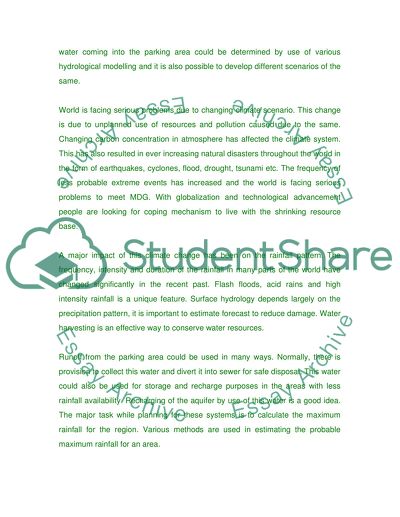Cite this document
(“Drainage Facility Design for Car Park Essay Example | Topics and Well Written Essays - 2000 words”, n.d.)
Drainage Facility Design for Car Park Essay Example | Topics and Well Written Essays - 2000 words. Retrieved from https://studentshare.org/miscellaneous/1499807-drainage-facility-design-for-car-park
Drainage Facility Design for Car Park Essay Example | Topics and Well Written Essays - 2000 words. Retrieved from https://studentshare.org/miscellaneous/1499807-drainage-facility-design-for-car-park
(Drainage Facility Design for Car Park Essay Example | Topics and Well Written Essays - 2000 Words)
Drainage Facility Design for Car Park Essay Example | Topics and Well Written Essays - 2000 Words. https://studentshare.org/miscellaneous/1499807-drainage-facility-design-for-car-park.
Drainage Facility Design for Car Park Essay Example | Topics and Well Written Essays - 2000 Words. https://studentshare.org/miscellaneous/1499807-drainage-facility-design-for-car-park.
“Drainage Facility Design for Car Park Essay Example | Topics and Well Written Essays - 2000 Words”, n.d. https://studentshare.org/miscellaneous/1499807-drainage-facility-design-for-car-park.


